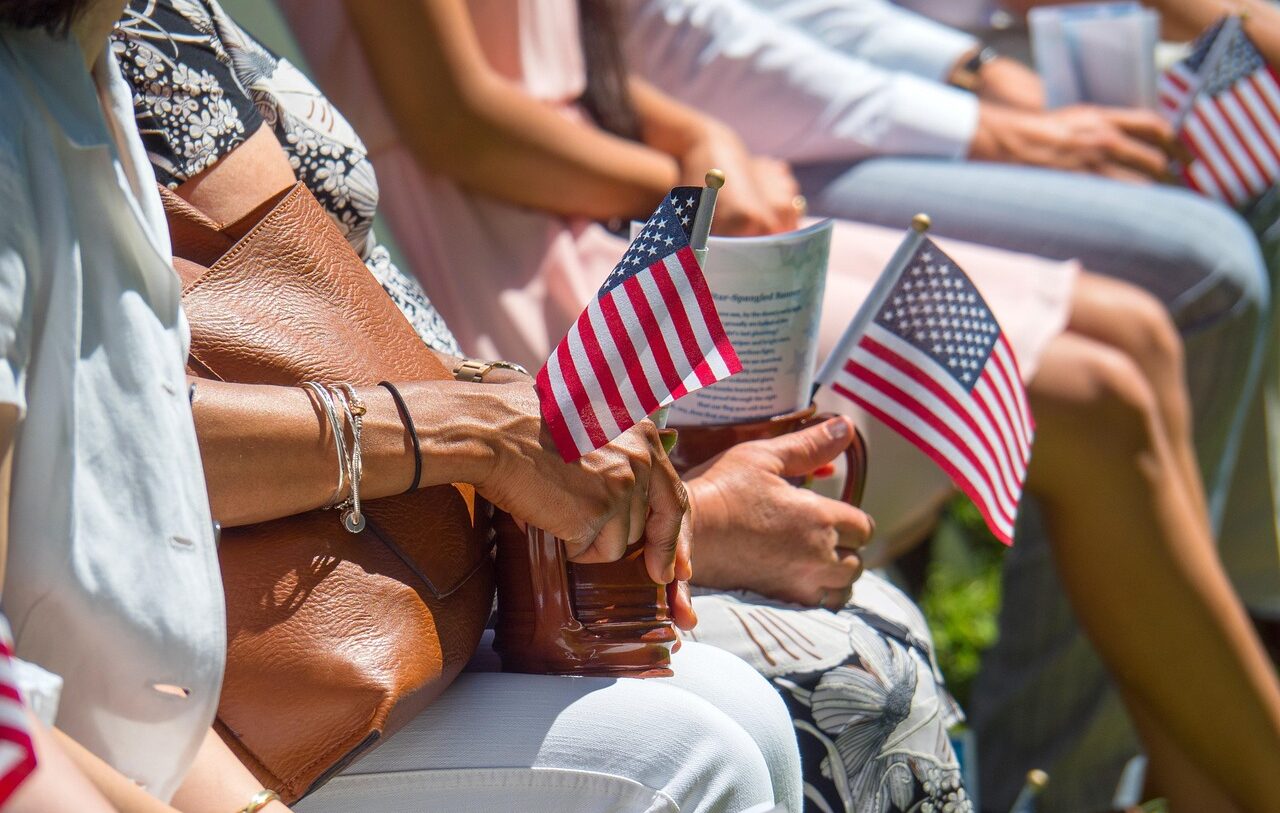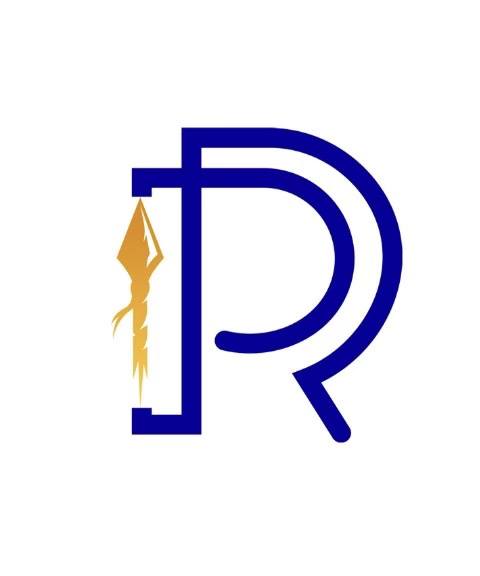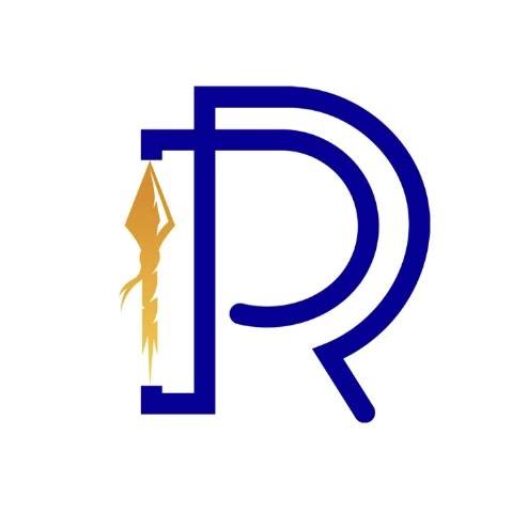
Study in USA for Indian Students (2026 Guide): Costs, Visa & Scholarships
Introduction: Study in USA for Indian Students
Studying in the USA for Indian students has been a dream for decades. In fact, according to the Open Doors Report 2024, more than 268,000 Indian students were enrolled in American institutions — the highest number ever. What draws so many students? The answer lies in the world-class education system, abundant scholarships, career opportunities, and global exposure the United States offers.
This 2026 guide covers every detail Indian students need: eligibility, admission steps, costs, scholarships, visa process, work opportunities, challenges, FAQs, and expert tips. By the end, you’ll have a clear step-by-step roadmap to make your U.S. dream a reality.
Why Study in USA for Indian Students?
Academic Excellence
The USA is home to 17 of the top 25 universities in the world (QS Rankings 2024). Institutions like Harvard, Stanford, and MIT are pioneers in research, innovation, and teaching.
Flexible Curriculum
Unlike many rigid systems, American universities allow you to:
- Mix majors and minors (e.g., Computer Science + Economics).
- Explore electives outside your field.
- Switch majors if your interest changes.
Research Opportunities
Billions of dollars flow annually into U.S. universities for research. Students often get chances to:
- Work on cutting-edge projects in AI, medicine, climate science.
- Collaborate with global professors.
- Receive paid Research Assistantships (RA).
Global Exposure & Networking
Classrooms are filled with students from 100+ countries. This diversity improves cultural adaptability and builds a global alumni network useful for future careers.
Post-Study Work Options
International students in STEM fields can extend work stay to 3 years under OPT (Optional Practical Training). Many later transition into H-1B visas and PR.
U.S. Higher Education System Explained
Degree Levels
- Undergraduate (Bachelor’s): 4 years, 120–130 credits.
- Graduate (Master’s/MS/MBA): 1–2 years, coursework + thesis.
- Doctorate (PhD): 4–6 years, heavy research.
- Community Colleges: 2-year affordable programs → transfer to universities.
Grading & GPA
- Scale: 0–4.0 (3.0+ preferred for grad school).
- Continuous evaluation: assignments, quizzes, class participation, projects.
University Types
- Public Universities: Cheaper tuition, e.g., University of California system.
- Private Universities: Higher tuition, more scholarships, e.g., Harvard, NYU.
- Ivy League: Elite private universities (Harvard, Yale, Princeton).
Popular Courses for Indian Students in USA
Indian students choose programs based on career demand, affordability, and personal interest.
- STEM Fields: Computer Science, Data Science, Artificial Intelligence, Mechanical, Civil, Electrical Engineering.
- Business & MBA: Finance, Marketing, International Business.
- Health & Life Sciences: Biotechnology, Public Health, Pharmacy.
- Social Sciences: Psychology, Political Science, Sociology.
- Arts & Design: Media, Fine Arts, Filmmaking.
Tip: STEM courses are best for long-term career + visa benefits because they qualify for 36 months OPT.
Admission Requirements for Indian Students
Academic Records
- Strong grades in 10+2 (for UG) or Bachelor’s (for PG).
- Minimum 75% preferred for top universities.
Standardized Tests
- UG: SAT or ACT (many schools test-optional now).
- PG: GRE for MS; GMAT for MBA.
- English Proficiency: IELTS (6.5–7.5), TOEFL (80–100), Duolingo (120+).
Supporting Documents
- SOP (Statement of Purpose): Personal essay showing goals and motivation.
- LOR (Letters of Recommendation): Professors/employers vouching for skills.
- Resume/CV: Projects, internships, extracurriculars.
- Portfolio: For design, art, architecture students.
Application Timeline
| Time Before Intake | Action |
|---|---|
| 18 months | Research universities & shortlist |
| 12 months | Take GRE/GMAT, IELTS/TOEFL |
| 10 months | Draft SOP, gather LORs |
| 8–9 months | Apply online |
| 6 months | Receive admits, confirm university |
| 4–5 months | Apply for F-1 visa |
| 2 months | Arrange housing, tickets |
| 1 month | Pre-departure checklist |
Most U.S. universities admit in Fall (August/September), with deadlines from December to March.
Cost of Studying in USA for Indian Students
Tuition Fees
- Public Universities: $20,000 – $35,000/year.
- Private Universities: $35,000 – $55,000/year.
- Ivy League: $50,000 – $75,000/year.
Living Expenses
- Housing: $6,000 – $12,000/year.
- Food: $3,000 – $6,000/year.
- Transport & misc: $2,000 – $4,000/year.
- Health Insurance: $1,000 – $2,000/year.
Total annual cost = $35,000 – $70,000 (₹25–55 lakhs).
Hack: Stay in shared housing, cook meals, use student discounts, apply for on-campus jobs.
Scholarships for Indian Students in USA
Major Options
- Fulbright-Nehru Fellowship – prestigious program for postgraduates.
- Inlaks Shivdasani Scholarships – Masters at top global universities.
- Tata Scholarship (Cornell) – full aid for Indian students.
AAUW International Fellowships – for women students.
University-specific aid – e.g., Harvard financial aid, MIT scholarships.
Assistantships
- Teaching Assistantships (TA): Conduct labs, grade papers, earn stipend.
- Research Assistantships (RA): Paid research work with professors.
USA Student Visa (F-1) for Indian Students
Step 1: Admission & I-20 Form
Receive admission → university issues I-20 form (proof of acceptance).
Step 2: Pay SEVIS Fee
SEVIS = Student Exchange Visitor Information System. Fee = $350.
Step 3: Fill DS-160 Form
Online non-immigrant visa application form.
Step 4: Pay Visa Fee & Schedule Interview
- Application fee = $185.
- Book interview slot at U.S. embassy/consulate.
Step 5: Attend Visa Interview
- Documents: I-20, passport, bank statements, transcripts, SOP, admit letter.
- Common questions: Why this course/university? Who funds you? Future plans?
Step 6: Visa Approval
Visa stamped for course duration + 60-day grace period.
Work Opportunities for Indian Students in USA
While Studying
- On-campus jobs: Cafeterias, libraries, admin (20 hrs/week).
- Internships (CPT): Gain work experience during program.
After Graduation
- OPT (Optional Practical Training): 12 months.
- STEM OPT Extension: Additional 24 months for STEM grads.
- H-1B Visa Transition: Employer sponsorship after OPT.
Challenges Indian Students Face
- High Costs: Manage through scholarships, assistantships, jobs.
- Visa Rejections: Prepare strong financial + academic documents.
- Cultural Shock: Adapt with student clubs, Indian communities.
- Homesickness: Regular calls, cultural groups, Indian groceries.
- Academic Pressure: Join study groups, use professor office hours.
FAQs: Study in USA for Indian Students
Q1. Can I study in USA without IELTS?
Yes, some universities waive it if medium of instruction was English or accept Duolingo.
Q2. What is the average cost of study in USA?
₹25–55 lakhs per year depending on course & university.
Q3. Can Indian students work while studying?
Yes, up to 20 hrs/week on campus.
Q4. Which is better for Indian students: USA or Canada?
USA = top universities + research; Canada = cheaper + PR-friendly.
Q5. Can I get full scholarships in USA?
Yes, but highly competitive. Requires exceptional academics + leadership.
Conclusion: Fulfill Your U.S. Dream
The USA remains the ultimate study destination for Indian students in 2026. From elite universities and cutting-edge research to global job opportunities, the U.S. offers unmatched advantages.
At PR Study Abroad, we help students with university selection, SOP drafting, IELTS/GRE prep, visa guidance, and scholarships. With expert counseling, your American dream is just a step away.
Contact us today and start your journey to the USA!





